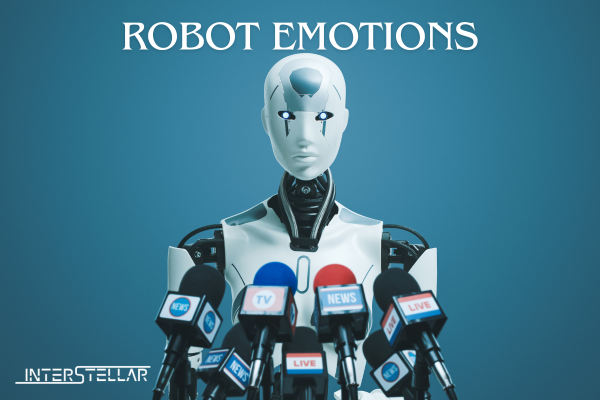Engineers in China Enhance Humanoid Robots’ Facial Expressions and Emotions
In Dalian, a city on China’s northeastern coast, engineers at Ex-Robots are developing humanoid robots with an emphasis on facial expressions and emotions.
Robot Development Process
Inside the Ex-Robots factory, neck-length silicone masks, silicone arms, and feet are laid out on tables. Disembodied heads are displayed, while Emotionally Intelligent Humanoid Robots at various stages of construction stand nearby. Robot design drawings decorate the walls.
“We have our own software and algorithm teams,” said Li Boyang, the Chief Executive of Ex-Robots. He mentioned that humanoid robots are the most complex type of robotic products. “Many basic models and algorithms are commonly open source. However, we focus on enabling AI to recognise and express expressions and emotions.”
As an Ex-Robots worker moves her head, smiles, and sticks out her tongue, an Emotionally Intelligent Humanoid Robots mirrors her actions. This is possible due to the tiny motors installed in various parts of its head.
Advanced Multi-Modal Models
“We are also working on the foundation model,” Li explained. “The model we’re developing is multi-modal and capable of emotional expression. It can perceive its surroundings and produce appropriate facial feedback.”
Ex-Robots stated that producing a humanoid robot takes between two weeks and a month, with prices ranging from 1.5 million yuan ($207,000) to 2 million yuan.
Current and Future Applications
Currently, the primary use of Ex-Robots’ creations is for display in museums. One such museum is located in the same building as the factory.
Looking ahead, Li believes that humanoid robots will significantly impact the healthcare and education industries. “Psychological counselling and health are certainly future application scenarios,” he said. “We are researching auxiliary treatments and preliminary screenings for emotional and psychological disorders.”
Li also highlighted the broader applications of emotional interaction in service fields, especially those aimed at children.





